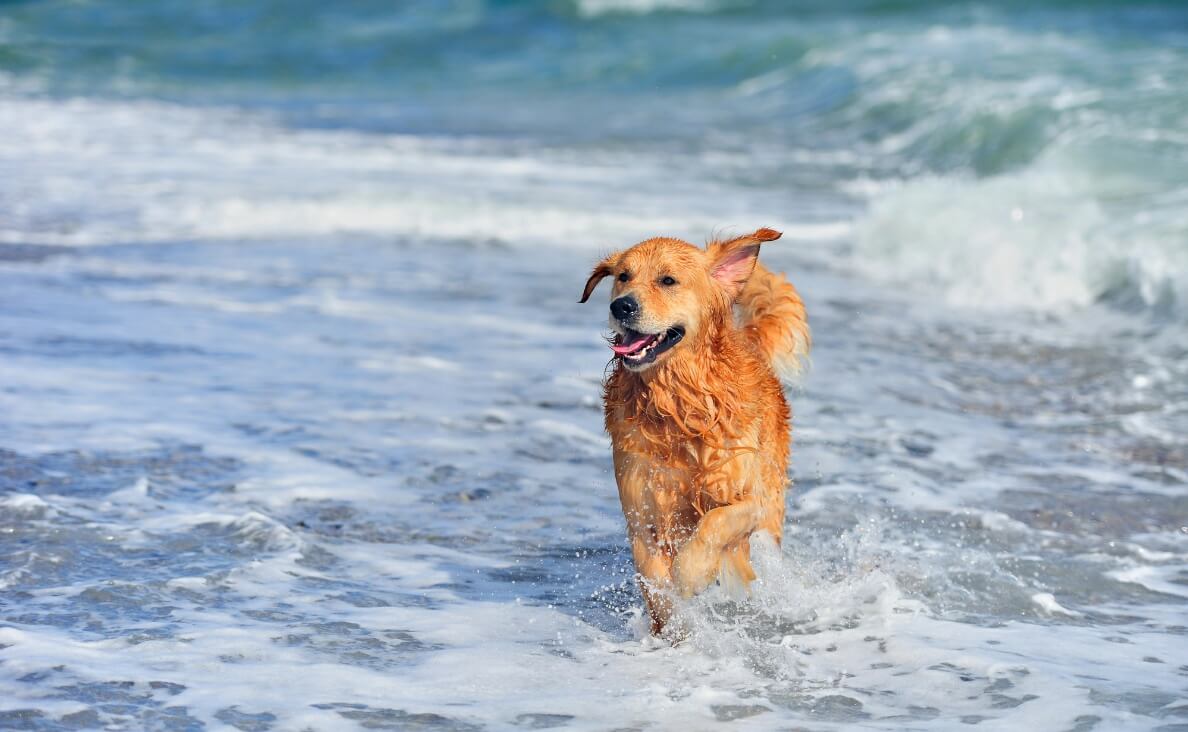
Teaching your dog to love water can be a rewarding experience for both you and your furry friend. Swimming offers numerous benefits for dogs, including excellent physical exercise, a way to cool down in hot weather, and a fun activity to enjoy together. In this blog, we’ll guide you through the process of teaching your dog to love water, from understanding their relationship with water to overcoming common challenges.
Understanding Your Dog’s Relationship with Water
Why Some Dogs Fear Water
Some dogs are naturally hesitant around water due to various reasons. Past negative experiences, such as accidentally falling into water or being exposed to rough waves, can instill fear. Additionally, some dogs may have a natural aversion to water, much like some humans do. Understanding these reasons can help you approach water training with empathy and patience.
Recognizing Your Dog’s Water Readiness
Before you start the process to teach your dog to love water, observe their behavior around water. Signs of readiness include curiosity, willingness to get their paws wet, and excitement around water sources. Conversely, signs of fear or hesitation, such as cowering, barking, or trying to avoid water, indicate that you’ll need to take a slower, more gradual approach.
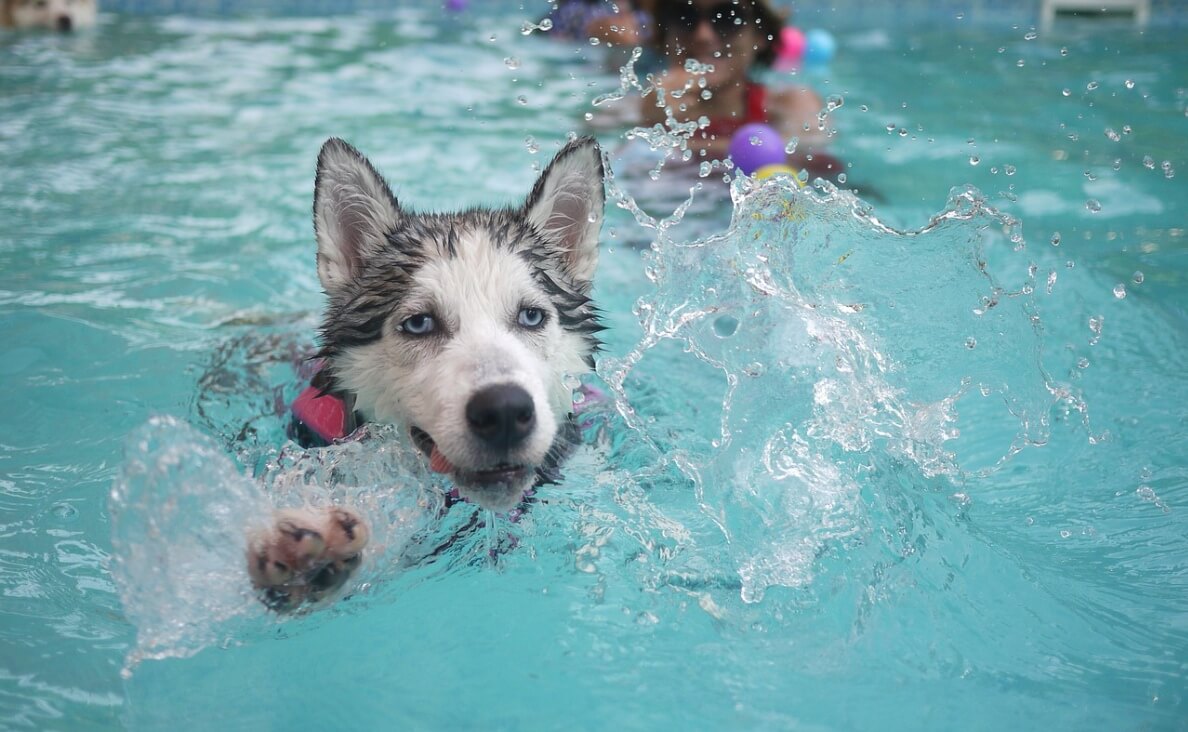
Preparing to Teach Your Dog to Love Water
Choosing the Right Environment
Selecting a safe and calm environment is crucial when you teach your dog to love water. Begin with shallow water locations like a kiddie pool, a shallow pond, or a quiet beach area. Avoid areas with strong currents, deep water, or lots of distractions, which can be overwhelming for a beginner.
Essential Gear and Supplies
Equip yourself with the necessary gear to make water activities safe and enjoyable for your dog. A well-fitted dog life jacket is essential, especially for initial swimming attempts. Bring along water toys, treats, and a towel for drying off afterward. These items will help create a positive and rewarding experience.
Gradual Introduction Techniques
When you teach your dog to love water, it’s important to introduce them gradually. Start by letting them explore the water’s edge at their own pace. Encourage them with a calm voice and treats, but don’t force them to enter the water if they’re not ready. Patience is key to building their confidence.
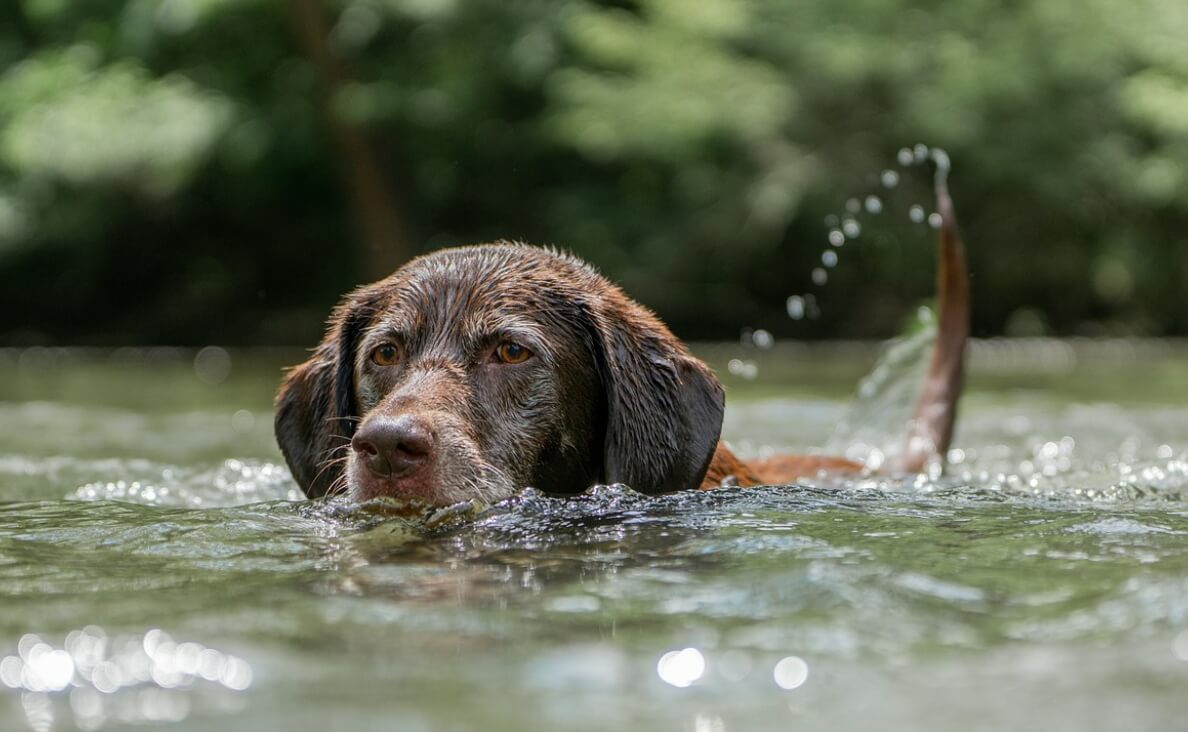
Step-by-Step Guide to Teach Your Dog to Love Water
Starting with Shallow Water
Begin by getting your dog comfortable with shallow water. Let them wade in just enough to get their paws wet. Use positive reinforcement by giving treats and praise when they show interest in the water. This initial stage is about creating a positive association with water.
Encouraging Play and Fun
Incorporate play into your water training sessions to make them enjoyable. Bring along some water toys and engage your dog in games like fetch. Toss the toy just a little way into the water and encourage them to retrieve it. This method helps them associate water with fun and excitement.
Introducing Swimming
When your dog is comfortable with shallow water and enjoys playing, you can start teaching them to swim. Begin by gently guiding them into slightly deeper water while supporting their belly. A dog life jacket can provide additional buoyancy and confidence. Gradually increase the distance they swim as they become more comfortable.
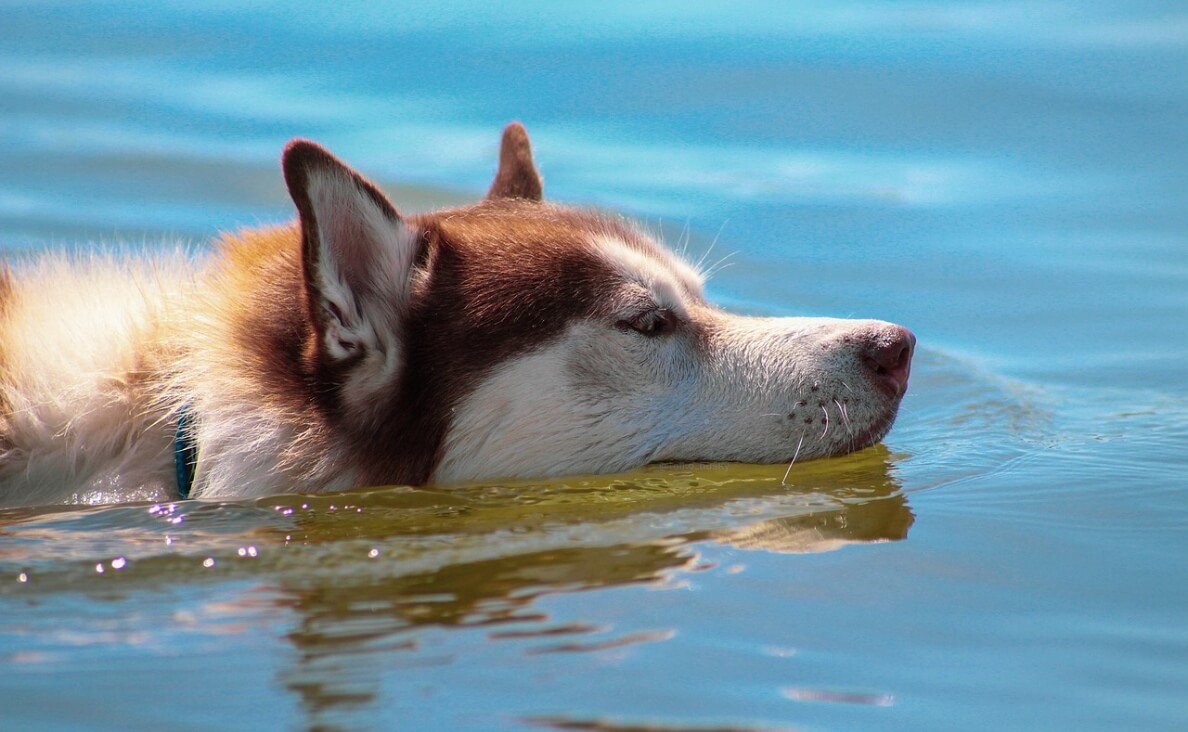
Overcoming Common Challenges
Dealing with Initial Fear
If your dog shows signs of fear, don’t rush the process. Take a step back and allow them to acclimate at their own pace. Sometimes, just spending time near water without pressure to enter can help reduce fear. Use treats and praise to reward even the smallest signs of progress.
Handling Reluctance to Swim
Some dogs may be reluctant to swim despite enjoying shallow water. Encourage them by gradually increasing the depth and using toys or treats as motivation. Swimming alongside them or bringing along a confident dog who loves water can also encourage hesitant swimmers.
Maintaining a Positive Experience
Consistent Practice
Consistency is key when you teach your dog to love water. Regular water activities will help build and maintain their comfort and confidence. Try to incorporate water play into your routine, especially during warmer months when swimming is most enjoyable.
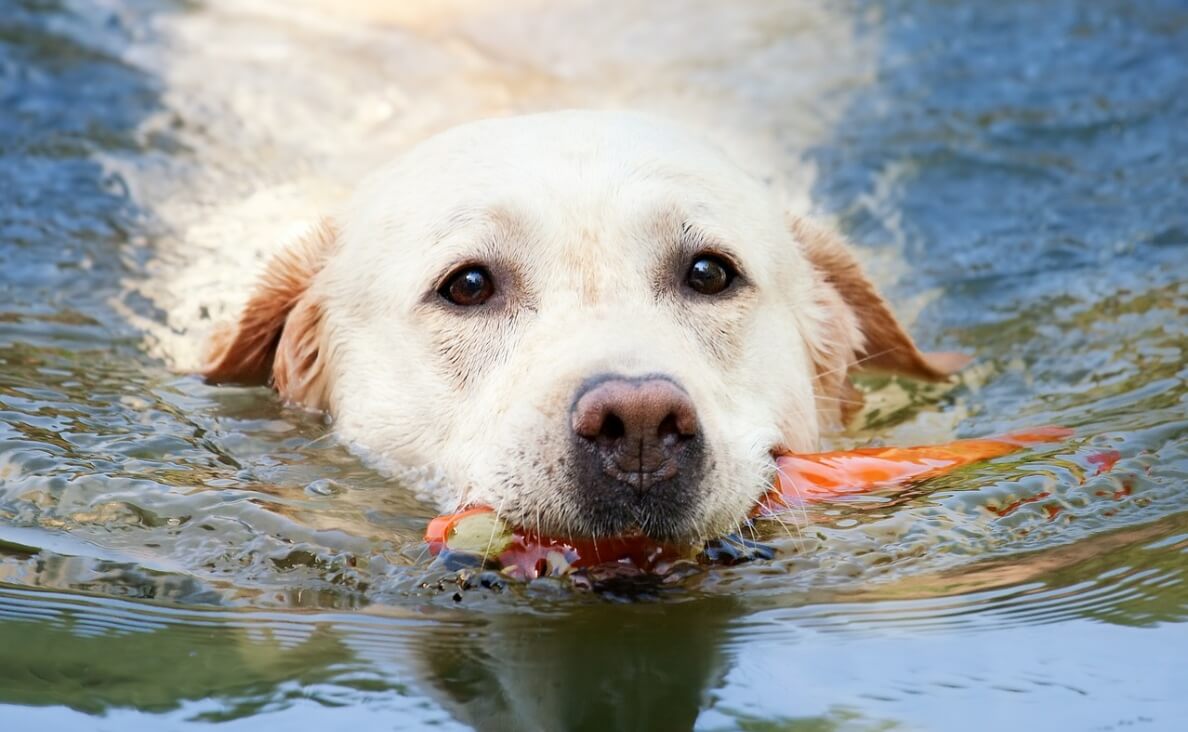
Monitoring Your Dog’s Health and Safety
Always monitor your dog’s health and safety during water activities. Watch for signs of exhaustion or discomfort, such as heavy panting or attempts to get out of the water. Ensure your dog takes regular breaks and stays hydrated. After swimming, rinse off any chlorine or salt from their fur and dry them thoroughly.
Final Thoughts
Teaching your dog to love water requires patience, consistency, and a positive approach. By understanding your dog’s relationship with water, preparing appropriately, and following a gradual introduction process, you can help your furry friend enjoy the benefits of swimming. Remember to be patient and celebrate each small victory along the way.
By following this guide, you can successfully teach your dog to love water and create many happy, splashing memories together.
Have you taught your dog to love water and swimming? If so, what strategies worked for you? Please share your experience in the comments below…

 Is Hiking Good for Dogs?
Is Hiking Good for Dogs? Breaking News: Dogs Start Their Own Social Media Platform
Breaking News: Dogs Start Their Own Social Media Platform 18 Great Brain Exercises to Challenge Your Dog
18 Great Brain Exercises to Challenge Your Dog Why Being in Nature is Good for Your Dog
Why Being in Nature is Good for Your Dog What NOT to Get Your Dog for Christmas
What NOT to Get Your Dog for Christmas






Leave a Reply